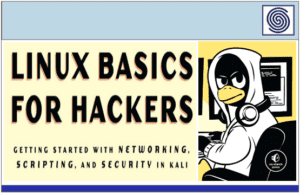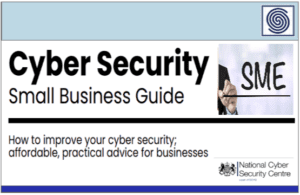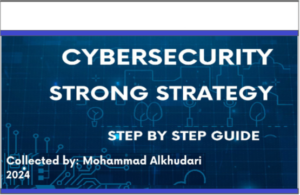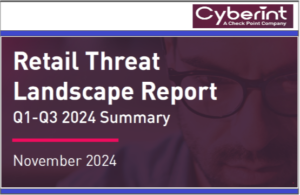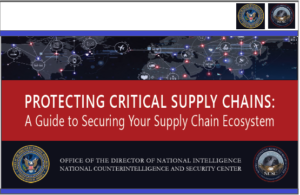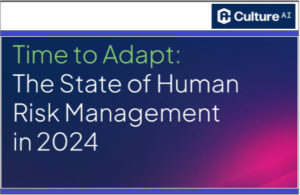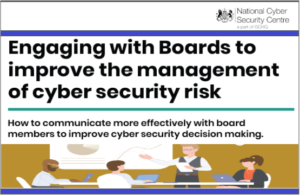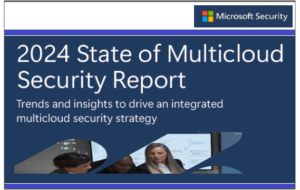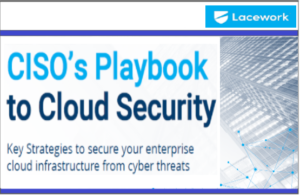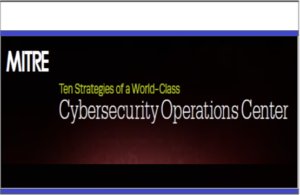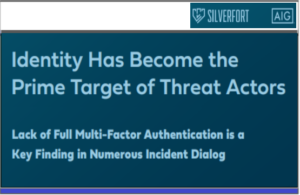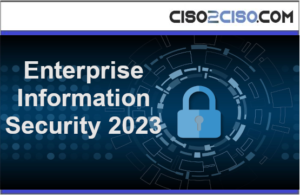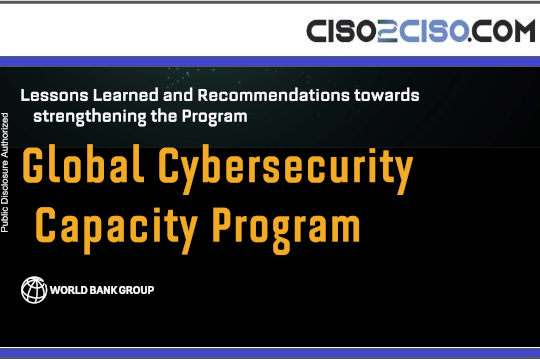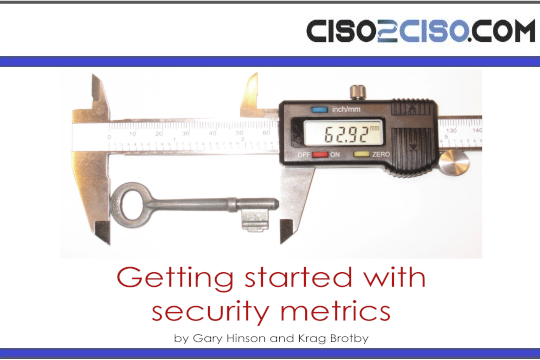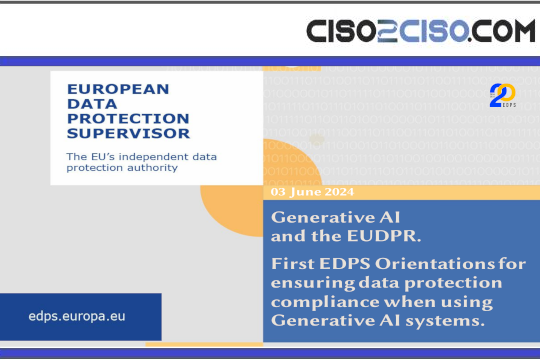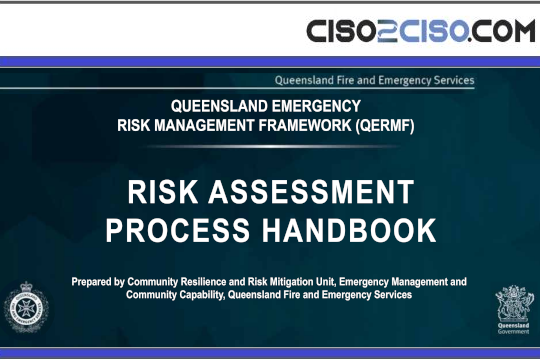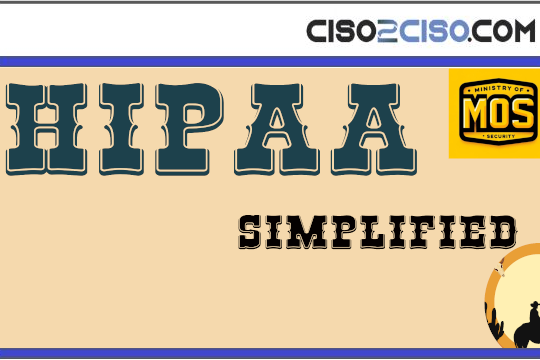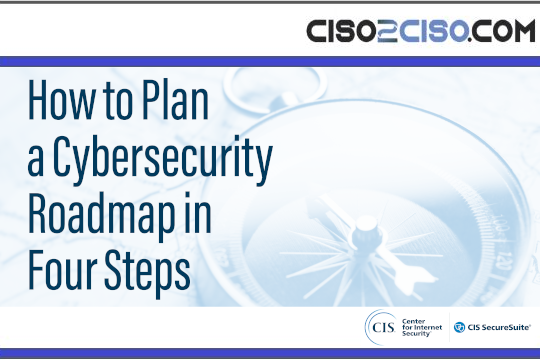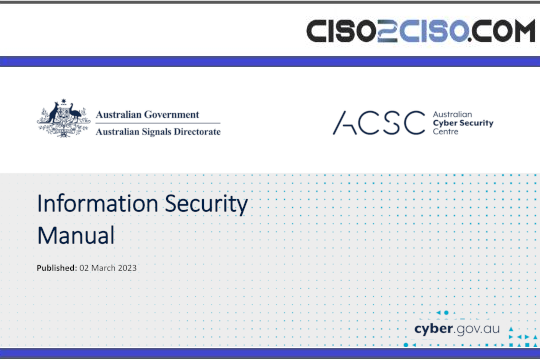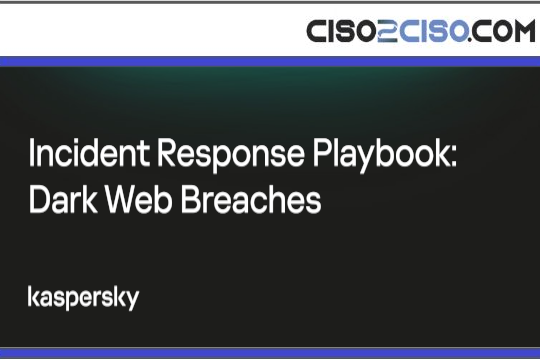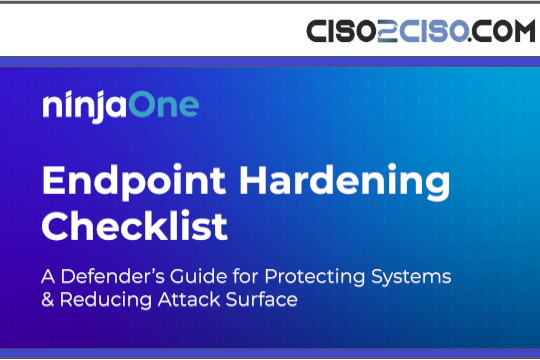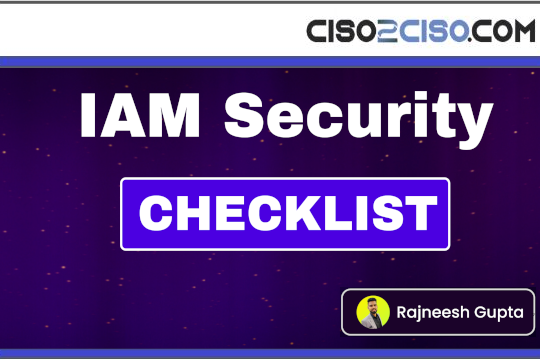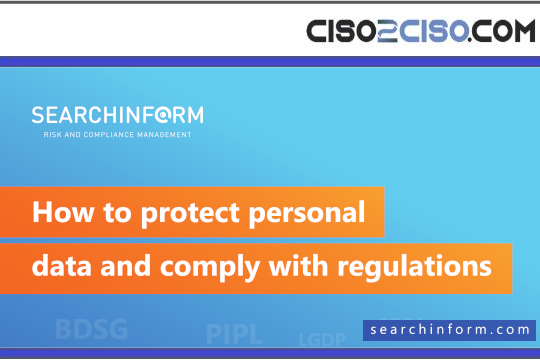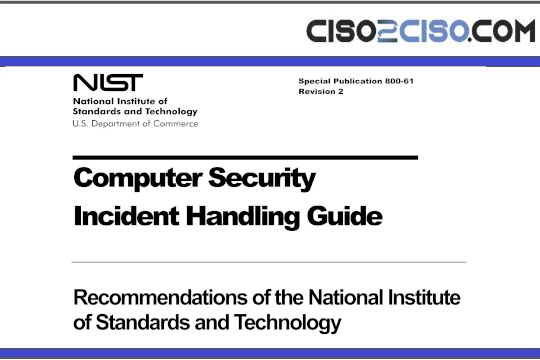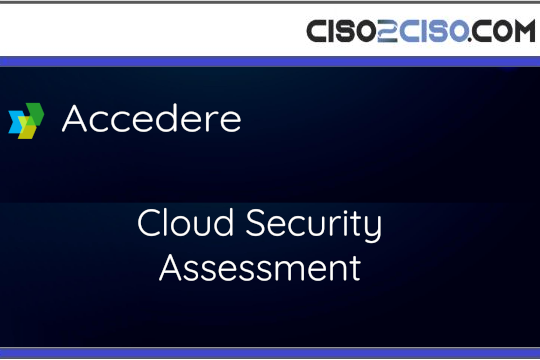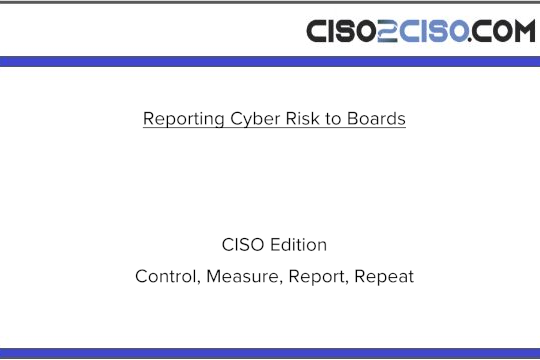Source: levelblue.com – Author: hello@alienvault.com.
Let’s be honest: few phrases can make your stomach drop faster than “your data has been compromised.” Whether you’re an individual trying to protect your passwords or a business managing millions of customer accounts, the fear of a data breach is real and growing.
We live in a time where almost everything is online: our finances, our health records, our identities. And while that connectivity makes life easier in many ways, it also leaves the door open for cybercriminals to sneak in. You might’ve asked yourself, what is a data breach, really? Or how does it happen? And more urgently: how can I stop it from happening to me?
Let’s unpack it, without jargon, without drama. Just the facts, the real risks, and what you can do to stay safe.
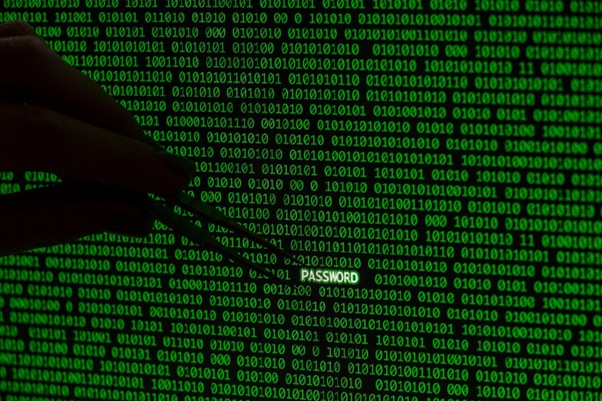
So, What Is a Data Breach?
At its core, a data breach happens when someone who shouldn’t have access to sensitive information gets their hands on it. Think of it like someone picking the lock on your digital front door and walking off with your personal or business secrets.
This could be anything from a hacker stealing credit card numbers, to an employee accidentally sending the wrong file, to a misconfigured cloud server that leaks data without anyone noticing. Whether it’s deliberate or not, the result is the same: private information becomes exposed.
The term “massive data breach” usually refers to those headline-making cases where millions—or even billions—of records are affected. These events are not just expensive; they’re deeply personal. People lose trust. Companies lose customers. And recovery can take years.
Some Real-Life Examples (Without the Name-Dropping)
You’ve probably read about big breaches where usernames and passwords end up for sale on the dark web. These cases often involve attackers exploiting small weaknesses, like outdated software or reused credentials, to access a goldmine of information.
Ever get a notification from Apple saying your password “appeared in a data leak”? That means your credentials were found floating around in a compromised database. Maybe you used that same password on five other sites. Now all five are vulnerable.
And just like that, a single weak link can open the floodgates.
Why Do These Breaches Keep Happening?
Let’s not sugarcoat it. We are often the weakest link. The most common way breaches happen isn’t some high-tech James Bond-style attack. It’s phishing. A seemingly innocent email tricks someone into clicking a bad link or handing over their login info.
Other causes?
- Passwords that are too short, too simple, or used everywhere.
- Software that hasn’t been updated in months (or years).
- Misplaced laptops, lost phones, or unsecured Wi-Fi.
- Employees who just didn’t know better.
The reality is that most data breaches are avoidable, but only if we’re paying attention, and taking action before it’s too late.

How to Keep the Bad Guys Out
Good news: you’re not powerless. While there’s no silver bullet, a few smart habits can go a long way in keeping your data safe.
Double up on security with MFA
Multi-Factor Authentication is like putting a second deadbolt on your door. Even if someone gets your password, they’ll still need another piece of the puzzle—like a code on your phone or your fingerprint.
Stop using “123456”
Seriously. Use strong, unique passwords. Better yet, let a password manager handle it for you. They’re built for this exact problem.
Keep your systems up to date
Yes, those annoying update reminders matter. Hackers love old software because it’s full of holes. Patching them closes the door before someone walks through it.
Keep an eye on your network
Cyber threats can hide in plain sight. That’s why services like LevelBlue’s Managed Detection and Response (MDR) are a game-changer. They monitor your environment 24/7, ready to act the moment something looks off.
Teach your team
Phishing emails are clever. Training your staff to spot them can make all the difference. And it’s usually a lot cheaper than dealing with a breach.
Encrypt what matters
If someone does steal your data, encryption makes it unreadable. Think of it as turning your information into a jigsaw puzzle without the box.
Have a plan before you need one
If the worst happens, you don’t want to be scrambling. Build an incident response plan now. Test it. Update it. Own it.
Want more detail? We have put together an excellent breakdown of breach recovery strategies worth checking out.
What If It Happens Anyway?
If you find yourself in the middle of a breach, here’s what you should do:
If you’re a business:
- Lock things down fast.
- Get your security and legal teams involved right away
- Notify users and regulators as needed.
- Investigate what went wrong and fix the root issue.
- Work with digital forensics experts to understand the attack and prevent a repeat.
If you’re an individual:
- Change your passwords (yes, al lof them).
- Turn on MFA wherever you can.
- Watch your bank statements and credit reports like a hawk.
- Be on alert for phishing attempts or suspicious activity.
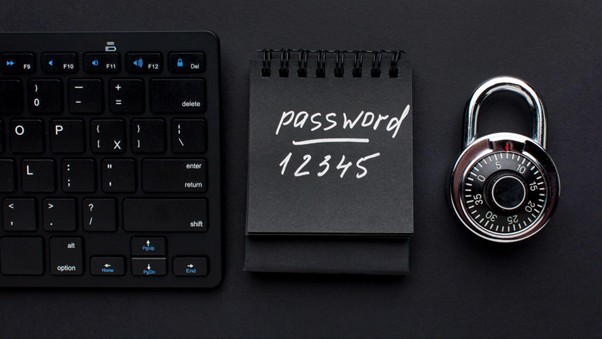
The Compliance Piece
Data breaches aren’t just messy. They can also get you in legal hot water. If you’re handling customer data, privacy regulations like the GDPR require you to keep it secure and tell people when something goes wrong.
Noncompliance can cost you, literally. The cumulative costs can reach a million dollars as referenced in our recent blog.
So, back to that big question: what is a data breach?
It’s more than just a headline or a tech problem. It’s a human issue, built on trust, and broken by neglect, ignorance, or bad intentions. But there’s a silver lining: most breaches aren’t inevitable. With the right mindset and tools, they can be prevented.
Cybersecurity doesn’t have to be scary. It just has to be a priority. Whether you’re a solo entrepreneur or a global enterprise, you have the power to make smarter choices, and to partner with experts who know how to help.
LevelBlue is here for you. From 24/7 threat monitoring and a proactive approach to compliance, to incident response and digital forensics, we help you protect what matters most.
The content provided herein is for general informational purposes only and should not be construed as legal, regulatory, compliance, or cybersecurity advice. Organizations should consult their own legal, compliance, or cybersecurity professionals regarding specific obligations and risk management strategies. While LevelBlue’s Managed Threat Detection and Response solutions are designed to support threat detection and response at the endpoint level, they are not a substitute for comprehensive network monitoring, vulnerability management, or a full cybersecurity program.
Original Post url: https://levelblue.com/blogs/security-essentials/what-is-a-data-breach-and-how-to-prevent-it
Category & Tags: –
Views: 2



